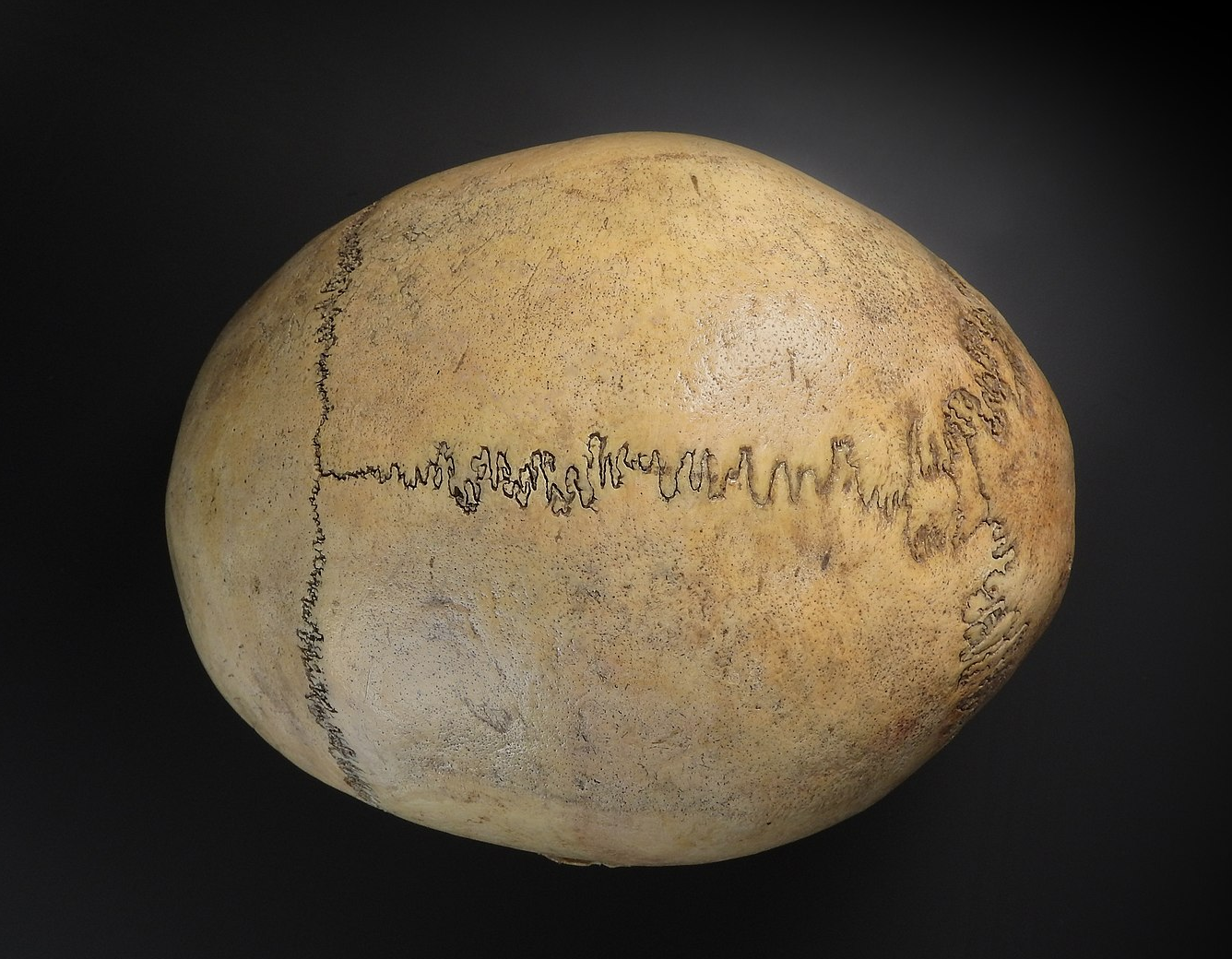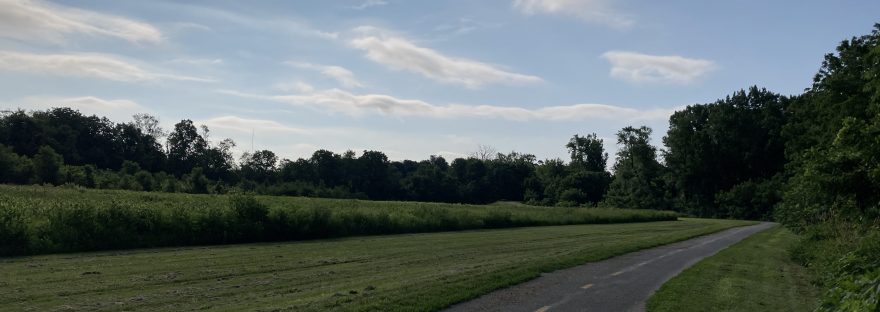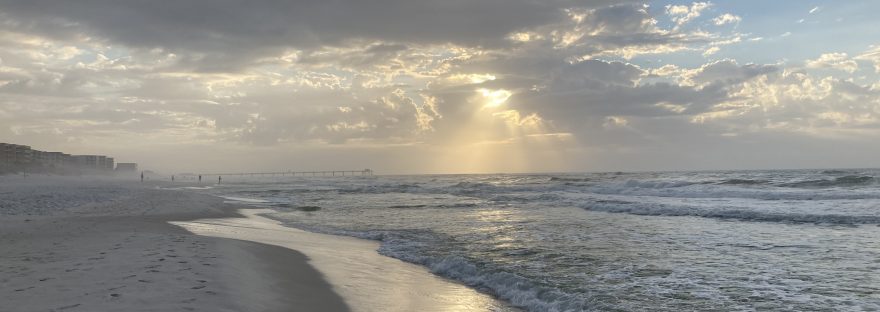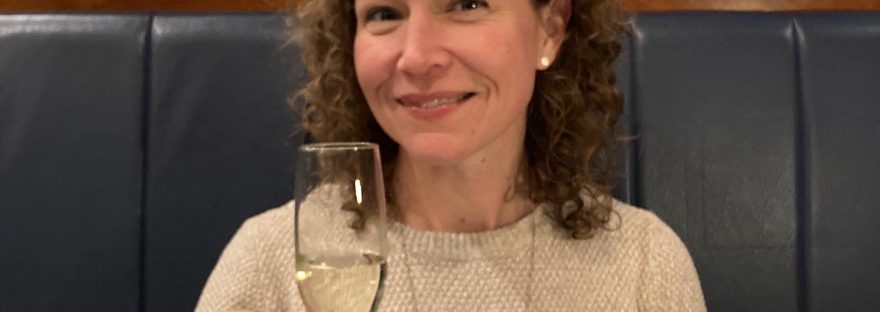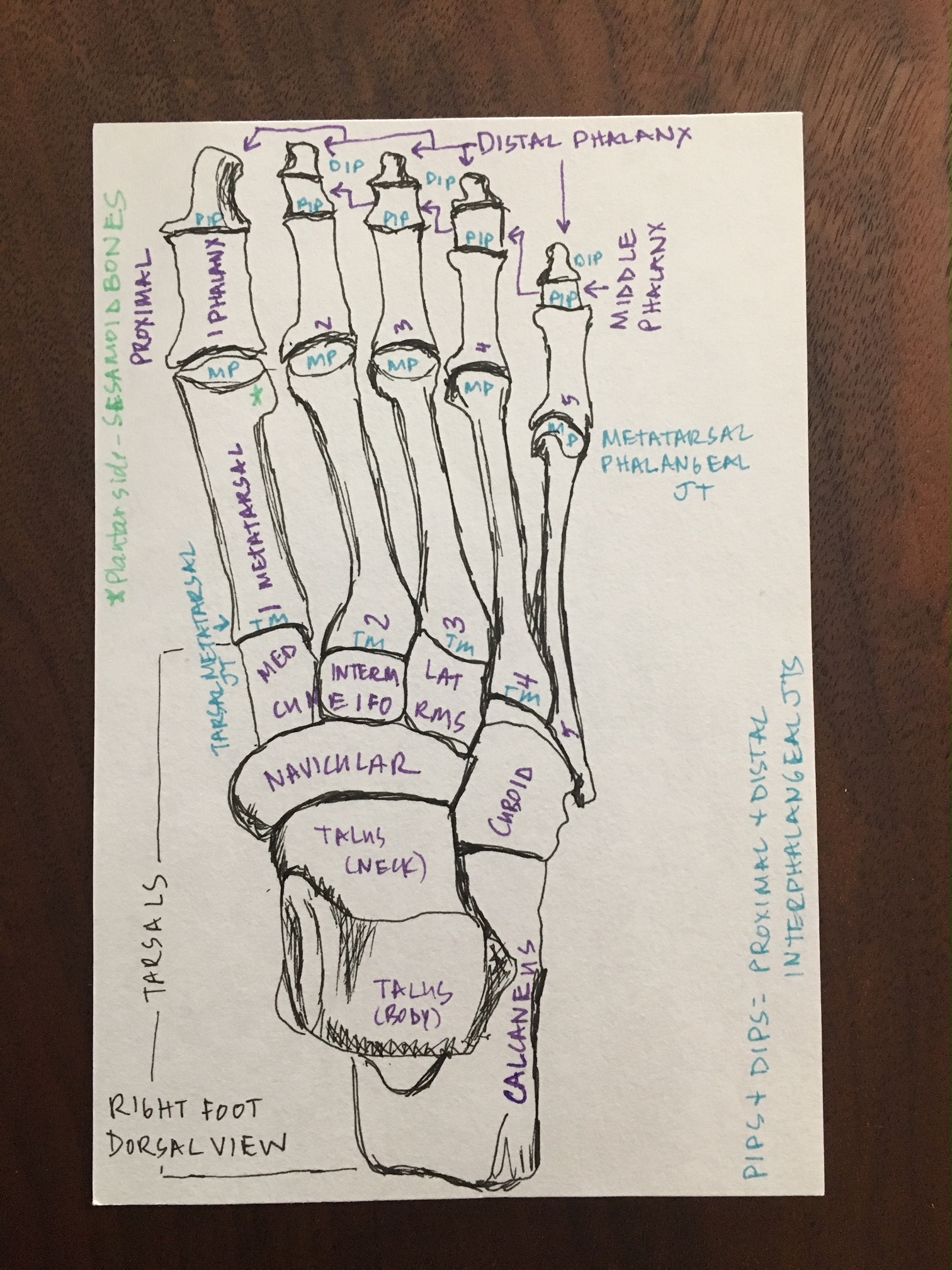For several years I’ve been practicing primordial sound meditation, and at the start of each session, we are supposed to ask ourselves 4 soul questions:
- Who am I?
- What do I want?
- What is my purpose?
- What am I grateful for?
I was surprised, frustrated, and chagrined that I could never answer the first two questions!! I am me. How can I not know who I am?? How can I not know what I want?? It seemed as if there must be something wrong with me; what kind of person doesn’t know who they are or what they want??
Come to find out, the kind of person who doesn’t know what they want, is the kind of person many of us are!
This is a topic that arises with my clients super often, and – I’ve come to find out – a topic that engenders approximately a bazillion books.
I’m in the process of reading 4 such books right now:
- Where You Go, There You are by Jon Kabat-Zinn. It’s a book about mindfulness as a pathway to wholeness.
- Full Body Presence by Suzanne Scurlock-Durana. It’s a book about connecting to our bodies and the wisdom therein, so that we can feel more whole.
- The Heroine’s Journey by Maureen Murdock. It’s a book about the stages women go through to return to wholeness (to return to themselves).
- Push Off From Here by Laura McKowen. It’s a book how to recover from addiction to numbing, so that we can feel more whole.
These are 4 very different books, written from different perspectives, and yet – they all convey SUCH similar messages.
We numb ourselves – with busyness, food, drinks, taking care of others – so that we don’t have to feel our pain. And we feel so much pain – not only due to the traumas of life and physical injury – but because we are split off from our authentic selves. We all grew up in a world where we are told what to do, what to think, how to think. Through our families, religions, cultures, ancestral heritage, we are conditioned to please, to obey, to look outside ourselves to some external authority for answers – even to the answers of Who Am I and What Do I Want. And so we are in our 30s, 50s, 70s, and we still struggle with figuring out who we are and what we want.
And all these books teach that, the way through the pain, back to integration and wholeness, is to slow down long enough to notice the pain and allow yourself to feel it.
“All experiences (according to Buddhist philosophy, among others) are in service of our greater awakening.”
Push Off From Here
One tool that I’ve found very helpful to start to understand what, exactly, I am feeling and why I am feeling it comes from the book Nonviolent Communication. In this style of communicating (also called compassionate communication), you try to communicate in such a way that conveys what you are feeling and what need of yours is not being met. Here’s the format:
I feel ________________ because I need _____________________.
Doing this on a fly in a conversation can be super challenging, but just doing this exercise as a post-mortem can be SO enlightening. For example, let’s say I text my brother about getting together this weekend, and he doesn’t text me back. Let’s say that I ignore all of my training and do what I normally do – I feel hurt and resolve to NEVER TEXT MY BROTHER AGAIN, which means he notices I’m ghosting him, but he no idea why. Well, it’s not a total loss! Even though I didn’t react the way I wish I would have, I can reflect on this experience and learn from it. In this circumstance, what was I feeling? Disappointed, irritated, hurt. What need of mine was not being met that made me feel this way? Oooh – that’s a hard one. It is my need for connection, for love, for consideration, to be seen and acknowledged?
Through this process I start to learn what it is that I am feeling and what it is that I really need. Instead of running from the pain, I turn and face it with curiosity and see what that feeling is trying to teach me about who I am and what I really want. I start to recognize when I feel that sensation of being hurt or annoyed, and I can pause. I can choose to tell myself the story that my brother is inconsiderate and doesn’t really care about me (which I know is untrue). Or I can tell myself the story that, “Ahhh. It’s really important for me to be seen and acknowledged by the people I love, and if they understand that (by me actually TELLING them), then it’s more likely they will respond to me when I reach out.” This could sound something like, “I feel hurt when I send a text and don’t hear anything back because it’s really important to me to feel that I am loved and cared for.” I still have a LOT of work to do to actually express myself this way, but I find that writing all this out really helps me understand myself better.
If you are struggling to discover your authentic self, you might find this practice helpful! This is one of many tools that can help you find your way back to yourself. If you would like support on this journey, please reach out to me to see how coaching or bodywork can help! You can book a free 15-minute consultation here.
Space to be Human Updates
Work with me: If you are feeling overwhelmed, stressed, and clenched, and you would like to transmute that energy so that you can feel more alive, engaged with life, and connected to the Here & Now, you can book a session with me here.
Newsletter signup
If you would like to get these posts sent to you directly, please click here.

